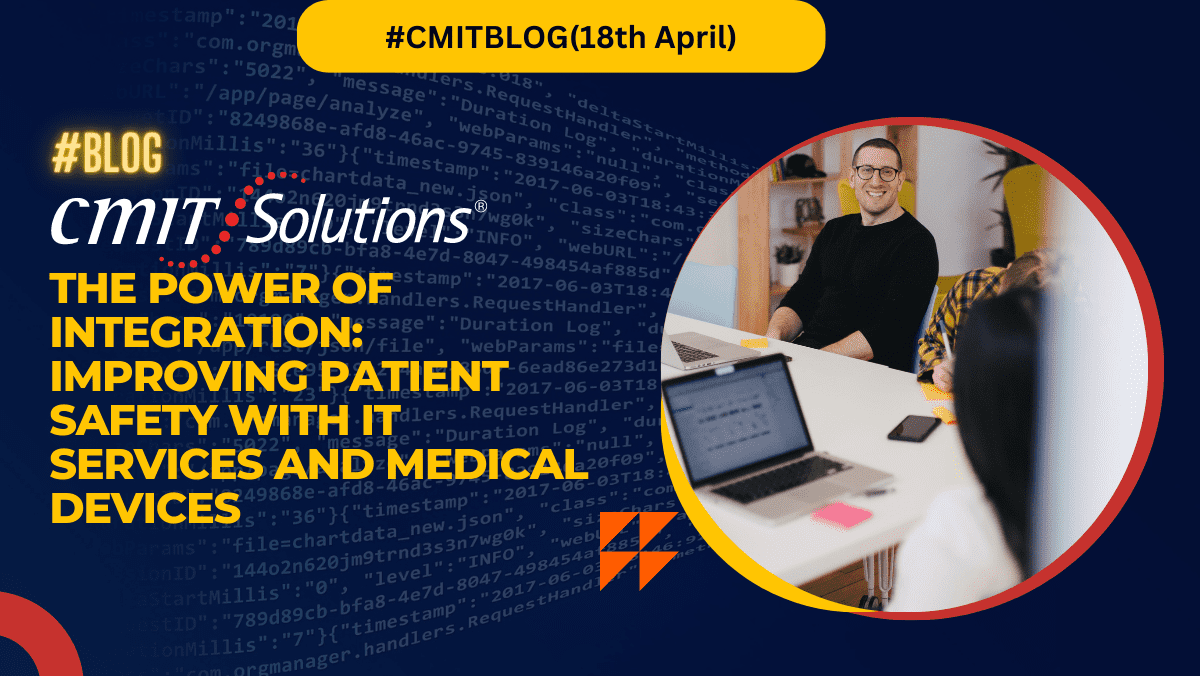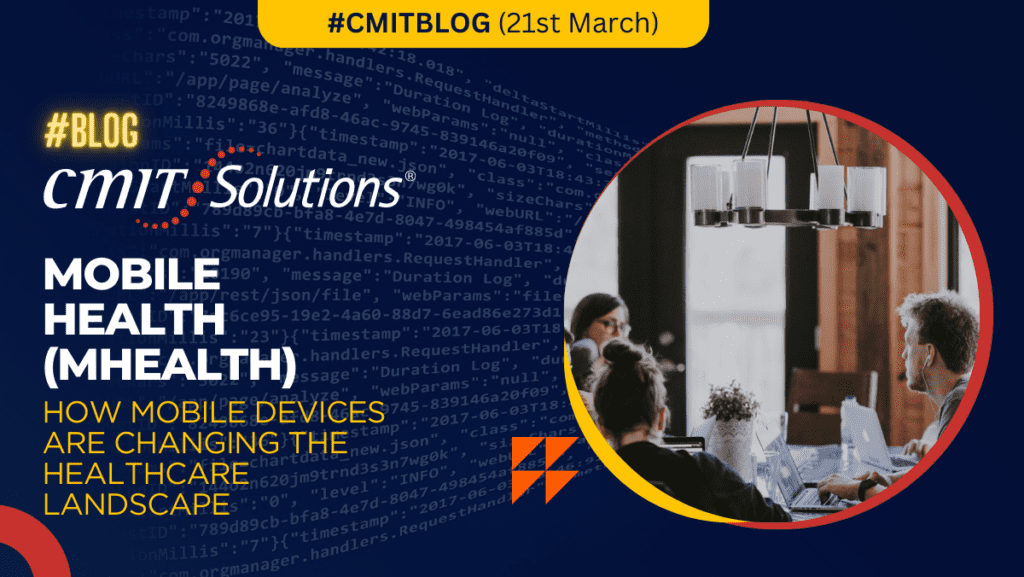Introduction:
Patient safety is a top priority for healthcare providers, and integrating IT services with medical devices can help improve patient outcomes. The power of integration between these two fields has been transformative, providing more efficient and effective healthcare solutions that can save lives.
Importance of Patient Safety:
Patient safety is of utmost importance in healthcare. Medical errors can have serious consequences, including extended hospital stays, increased healthcare costs, and even death. Therefore, it is crucial to find innovative ways to improve patient safety and reduce medical errors.
IT Services:
IT services have had a significant impact on the healthcare industry. Electronic health records (EHRs), telemedicine, and other digital tools have revolutionized the way healthcare providers deliver care. These tools enable providers to track patient data more efficiently, identify potential health risks, and improve communication with patients.
Medical Devices:
Medical devices, such as monitors and imaging equipment, have also played a crucial role in improving patient outcomes. These devices can help healthcare providers monitor vital signs, diagnose medical conditions, and provide treatment. As technology has advanced, medical devices have become more precise, reliable, and user-friendly.
Integration:
Integrating IT services with medical devices can unlock even more potential for improving patient safety. The integration of these two fields can help healthcare providers manage patient data more effectively, share information more efficiently, and respond to patient needs more quickly. For example, EHRs can be used to monitor medical device data in real time, allowing healthcare providers to make more informed decisions about patient care.
Challenges:
Although integration offers many benefits, it also presents significant challenges. One of the biggest challenges is interoperability, as different medical devices and IT systems may not be compatible with one another. Additionally, integrating IT services with medical devices may increase the risk of cybersecurity threats, such as hacking and data breaches.
Conclusion:
Integrating IT services with medical devices has revolutionized the healthcare industry, providing more efficient and effective patient care. However, it is crucial to address the challenges that come with integration, such as interoperability and cybersecurity risks. With continued innovation and collaboration between the IT and healthcare industries, we can provide safer, more effective healthcare solutions that can save lives.





